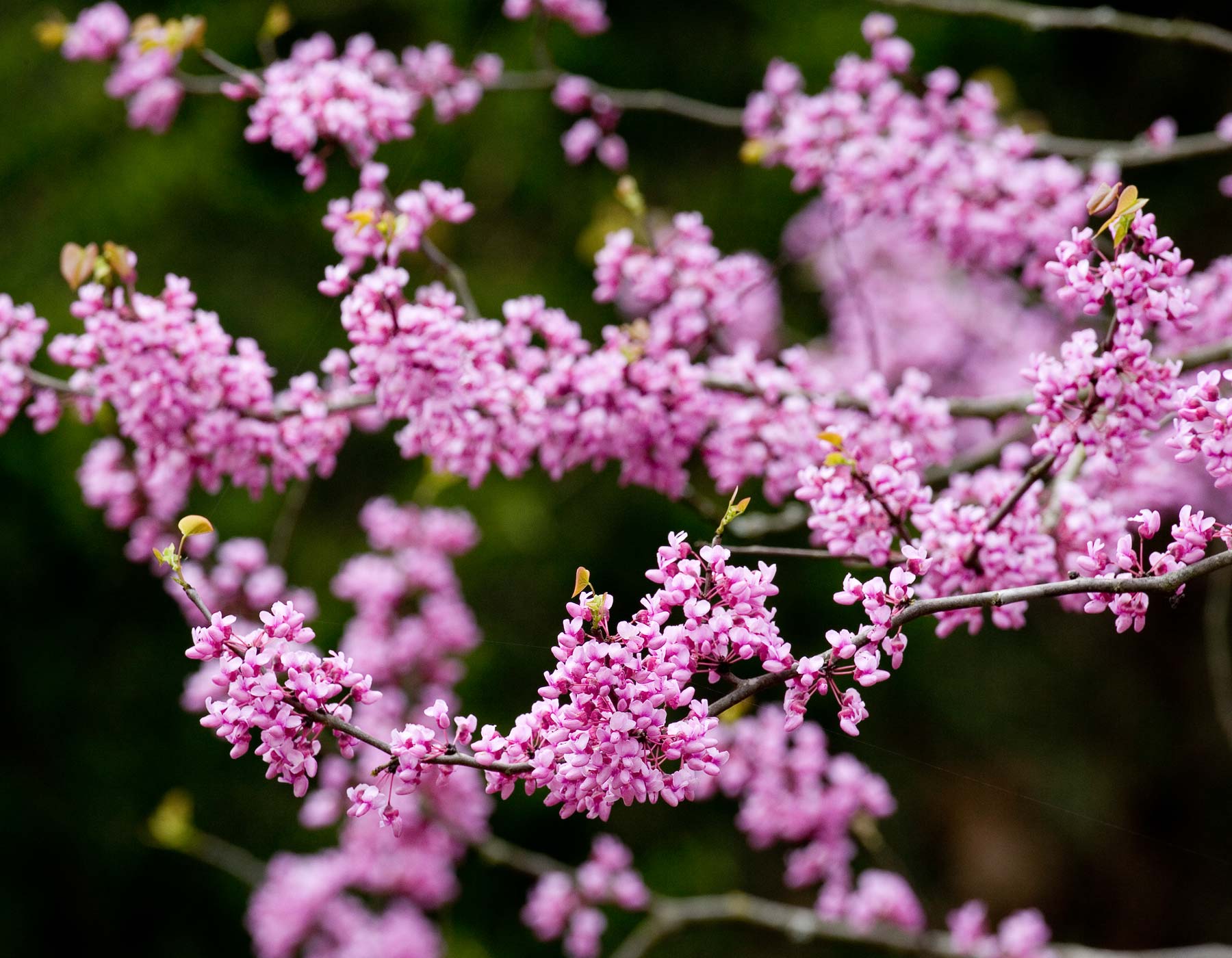
Xplor reconnects kids to nature and helps them find adventure in their own backyard. Free to residents of Missouri.


































Stay in Touch with MDC news, newsletters, events, and manage your subscription

Xplor reconnects kids to nature and helps them find adventure in their own backyard. Free to residents of Missouri.

A monthly publication about conservation in Missouri. Started in 1938, the printed magazine is free to residents of Missouri.








Kansas City, Mo. – An oft-planted ornamental tree – Bradford pear – has become an invasive species that harms native plants or trees that support wildlife. Property owners and managers are urged to consider native alternatives, such as the downy serviceberry tree, as they plant new trees this spring.
Bradford pears are a common landscaping tree because they’re adaptable to soil and shade conditions, and in early spring they produce a profusion of white blooms. They were long considered safe for the environment because it was believed the hybrids could not produce viable seed.
However, various cultivars were used and some managed to cross pollinate and produce viable seed. Birds eat the fruit and distribute the seeds across the landscape. Bradford pears, sometimes called callery pears, also leaf out early and that helps them out compete native grasses, wildflowers, shrubs and young trees, said Wendy Sangster, an urban forester for the Missouri Department of Conservation (MDC).
“It’s also not a good tree because they’re not strong,” Sangster said. “They don’t stand up well in storms and the limbs break easily.”
Serviceberry trees, a Missouri native, offer an excellent alternative. In late March or April, serviceberry produces heavy white blooms that signal spring. Their small red fruit is also edible for people and wildlife. Those who harvest serviceberries use them as food in ways comparable to blueberries. But they must be picked quickly when ripe because birds love them, too.
Wild plum is another good alternative tree, Sangster said. For spring blooms, the redbud tree is a showy and reliable native. Dogwood trees will also produce early spring blooms in the Kansas City region, although they require shade.
For more information about urban trees, go to on.mo.gov/h9E8Jl. Heartland Tree Alliance offers information at bridgingthegap.org/heartland-tree-alliance.
Using native plants and trees in landscape settings helps wildlife from butterflies to birds and avoids invasive species. For more information, go online to grownative.org/.